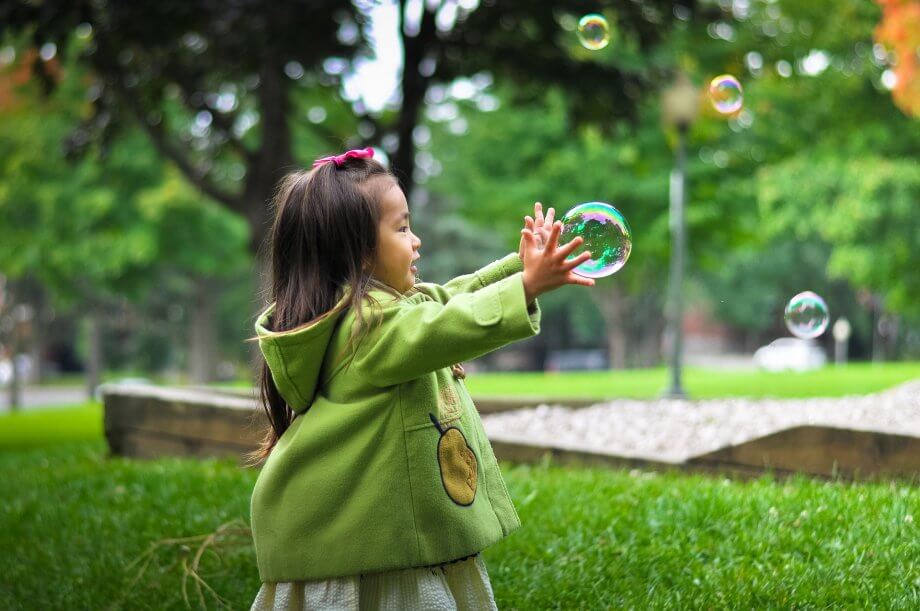As parents, it’s natural to worry about a topic like sedation dentistry. Any time we use sedation, there’s risk involved. Is it worth the risk? How do we keep children safe during procedures in which sedation is needed?
Types of Sedation
Sedation is different from anesthesia; topical and injected anesthesia ensures that a procedure is pain-free, while sedation helps a child stay calm while we work. There are two primary types of sedation we use in our pediatric dental practice:
- Laughing gas, also known as nitrous oxide, is an inhaled sedative that wears off quickly once the mask is removed. It is safe and effective. Your child will be conscious but relaxed throughout his or her procedure. They are able to speak with us during the procedure and can resume normal activities directly after.
- IV sedation involves a medical anesthesiology team and sedation through an intravenous line placed in the arm or hand. Your child will sleep through the procedure, and have no memory of having work done. The IV is placed only once the child is asleep and removed before they fully wake up so they will not even remember having an IV. This “deep sedation” is a form of general anesthesia and your child is monitored completely by our medical team. All of the monitors and equipment found in a modern hospital are in our office. This procedure is similar to a child going to sleep for ear tubes or tonsils.
Our practice does not offer oral sedation or general anesthesia for our pediatric patients.
Our Position on Sedation
Pediatric sedation dentistry is not a subject to be treated lightly. Our practice seeks out the most advanced equipment and techniques for our patients in order to eliminate the need for sedation. With our dental lasers, even injections of anesthesia are often unnecessary, making a number of routine procedures pain-free and comfortable for even the most sensitive patients.
That said, there are some times when sedation is still necessary. This is particularly true in the case of children with dental phobias, special needs, or complex cases. When sedation is needed, we use laughing gas as our first choice. Nitrous oxide is considered “minimal sedation,” meaning that patients are awake and able to maintain their airways on it. Although we hesitate to classify anything as completely risk-free, nitrous oxide is as close as it gets, which is why it’s our preferred form of sedation.
Occasionally, we may need to have a child sleep through a procedure for his or her own safety. You can feel confident knowing that our practice adheres to the most recent guidelines from the American Academy of Pediatrics regarding pediatric sedation. When IV sedation is administered, our team includes one of our dentists and either two anesthesiologists or one anesthesiologist and one nurse. We use the same equipment used by hospitals to monitor your child and the anesthesiology team members are trained in providing advanced life support measures.
Learn More About Sedation Dentistry
We know that making a decision about sedation is a difficult one and we’re here for you. Please don’t hesitate to call us to discuss your child’s unique needs. Contact us at 516-226-7337 to make an appointment.

